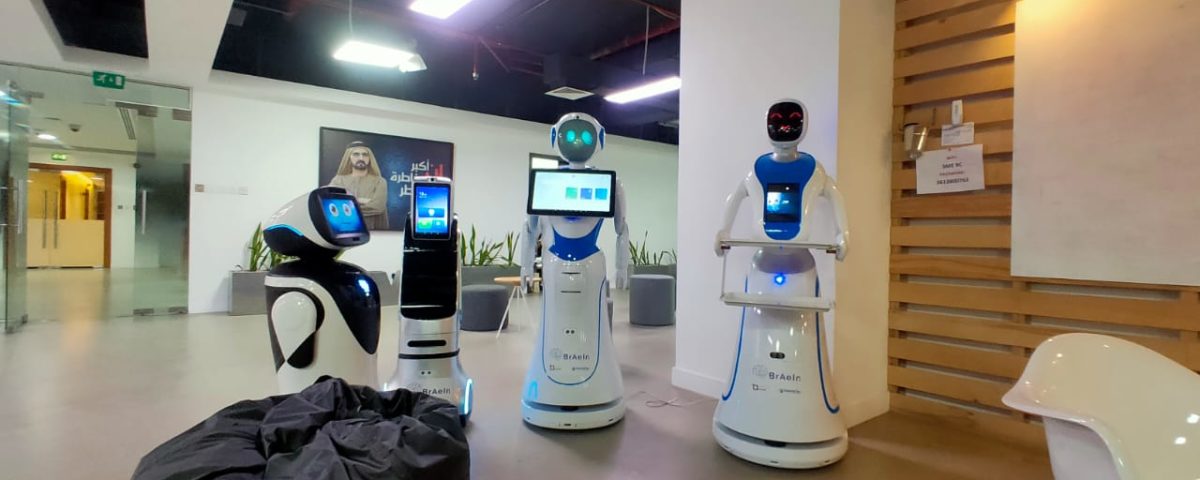
How Robots Are Helping to Fight the Coronavirus Outbreak
March 12, 2020
Robotics For Your Daily Chores
March 19, 2020Customer service robots are professional service robots intended to interact with customers. These robots come in humanoid and non-humanoid forms and automate much of the most basic of tasks in customer service. Like all robots, their value lies in labor savings, efficiency and uptime.
The market for public relations robots is set for robust growth. In 2018, sales of public relations robots grew 53% over 2017, with an estimated 7,000 units sold, according to the International Federation of Robotics World Robotics 2018 Service Robots report. Between 2019 and 2021, approximately 40,500 units will be sold, representing a 37% compound annual growth rate (CAGR).
Most customer service robots are used to assist customers in finding an item or completing a task. They’re being deployed in the retail industry to guide customers around a store, as well as in the hospitality industry. Customer service robots can be found in banks, shopping malls, family entertainment centers and more.
The true value of customer service robots lies not only in their ability to interact with customers more cost-effectively than human staff, but their ability to collect customer data during face-to-face interactions. In this way, customer service robots have major potential for developing interactive marketing and re-branding strategies and for the tracking and analytics of customer behavior.
Customer service robots can be deployed in a variety of ways. The market is expected to steadily rise as industry consolidation accelerates technological progress. As their ability to interact with customers and collect data improves, they’re expected to become an increasingly regular part of the customer service process.


